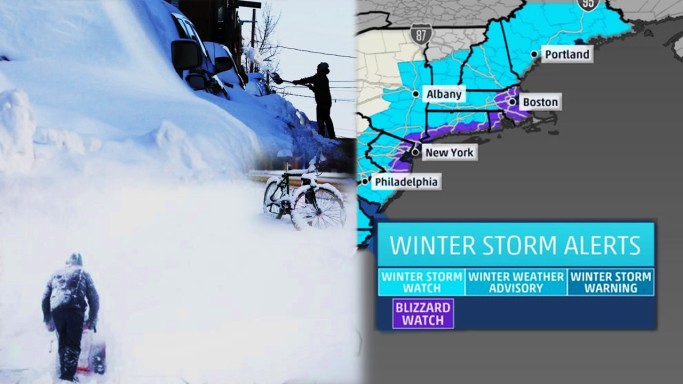 January 29th, 2015
January 29th, 2015
It’s that time of year again… time for sub-freezing temperatures, major snow accumulation, white out conditions and back to back winter storms.
After the region survived this most recent storm of epic proportion, Blizzard Juno, burying a good portion of the state under 2-3 feet of snow, Meteorologists are already predicting more potentially accumulating snow headed this way, and with no thaw in sight, this has everyone wishing it was really June-O.
Where will we put it all?! But more importantly what can we do to ensure we all keep safe and secure during future wintry blasts?
Prepare before the storm:
Gather emergency supplies, you should have enough supplies to survive for a few days without leaving your house, keeping in mind the potential that you may have to survive some of that time without power.
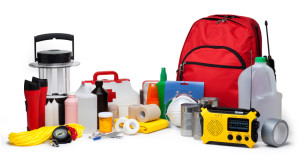
Make sure that you have:
- Non-perishable food.
- Bottled water.
- A battery powered carbon monoxide detector.
- A shovel.
- First aid kit.
- Any and all vital prescription medications.
- Flashlights, candles and batteries.
- Extra blankets, sleeping bags and warm winter clothing.
- Matches and lighters.
- A battery powered or crank powered radio.
- A fully charged Cell phone with back up emergency charger, and a corded wall plugged phone that receives power from the telephone company connection.
- Gasoline, make sure your gas tanks in all cars are full. Also make sure that you have enough gas to run your back up generator, if you have one (these need to be run outside of your house, at least 20 feet away from doors, windows and vents, to avoid carbon monoxide poisoning.)
During the storm:
- Stay inside and avoid driving as much as possible. Listen to or watch the news and follow the instructions of your local authorities and government emergency management agency. Keep yourself warm. Keep all outdoor gas heating and dryer vents clear of snow to avoid carbon monoxide poisoning.
You may lose power and heat, this is definitely uncomfortable, but you can survive it.

Here are some things you can do:
- If the power goes out, close off rooms to retain as much heat as possible. Seal off drafts under doors and windows with towels.
- Turn your faucets on slightly, keeping the water flowing to cause a drip to keep your pipes from freezing.
- Wear multiple loose layers of clothing, wear hoods or warm hats, and use blankets or sleeping bags. Conserve your energy and stay under blankets etc. to keep as warm as possible.
- Do not ever use generators, or any outdoor equipment, such as a grills, camping stoves, or portable gas or propane heaters, indoors.
- Do not ever attempt to heat your home with your stove or oven.
- Do not drive unless it is absolutely necessary and if you must drive, ensure that your tail pipe is clear of snow and not blocked before starting your car, to avoid carbon monoxide poisoning. Make sure that your car is equipped with disaster supplies.
- Make sure you stay inside as much as possible and don’t forget to bring your pets indoors as well.
- If you do have to go outside for any reason you can protect yourself from frostbite and hypothermia by wearing multiple layers of warm, loose-fitting, light-weight clothing, make sure that your hands, head and feet are covered and keep warm and dry.
- If your power is out for more than a few days, you may find a shelter you can go to within your community until the power is restored.
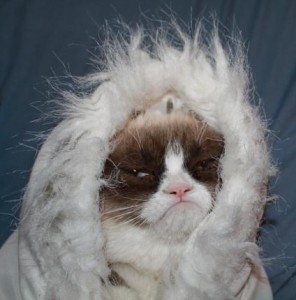
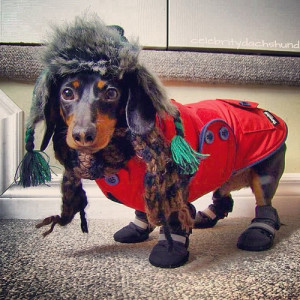
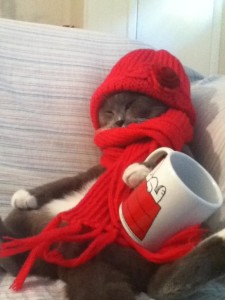
After the Storm:
- Check in on family members and neighbors, especially the elderly or disabled. See if they need help digging out and make sure everyone is safe and accounted for.
Click here if you would like to learn more about how you can keep you and your family safe during winter storms.
Remember to be prepared this winter. We hope that these tips will help you successfully weather Mother Nature’s next wintry challenge. And from all of us at American Training, please stay safe!
Leave a Reply


 January 29th, 2015
January 29th, 2015